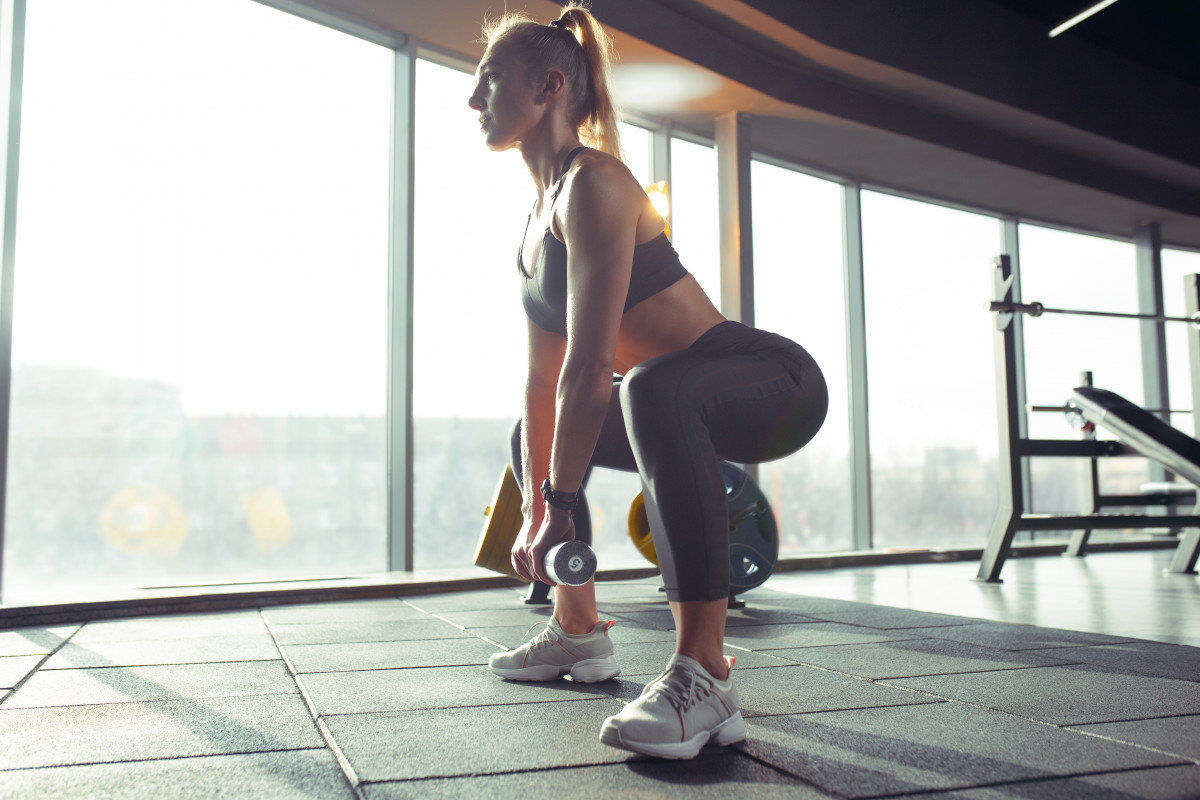I’d be happy to help you with that! Pilates is a fantastic form of exercise that can improve your posture, core strength, and flexibility. However, the terminology used in Pilates classes can sometimes be confusing for beginners. Here’s a breakdown of 34 common Pilates terms:
Basic Movements:
- Neutral spine: This is a position where your spine has its natural curves, with your shoulders back and relaxed, and your core engaged.
- Pelvic curl: Lying on your back with your knees bent, you press your lower back into the mat and then curl your hips up, engaging your glutes and hamstrings.
- Bridge: Similar to a pelvic curl, but you lift your hips higher so that your body forms a straight line from your shoulders to your knees.
- Roll-up: Start lying on your back with your knees bent and feet flat on the mat. Slowly roll up one vertebra at a time, engaging your abs, until you are sitting up straight.
- Pike: Start in a tabletop position (on your hands and knees), then press your hips back and lengthen your spine so that your body forms an inverted V shape.
- Push-up: Similar to a traditional push-up, but you can modify it by doing it on your knees or against a wall.
- Squat: Stand with your feet hip-width apart and toes slightly pointed out. Squat down as if you are going to sit in a chair, keeping your back straight and your core engaged.
- Lunge: Step one leg forward and bend both knees, lowering your hips until your front knee is bent at a 90-degree angle. Keep your back straight and your core engaged.
- Breathing:
- Costal breathing: This is a type of breathing where you expand your ribs rather than your belly.
- Diaphragmatic breathing: This is a type of breathing where you use your diaphragm, a muscle below your lungs, to inhale and exhale.
- Alignment:
- Footwork: Pilates emphasizes proper foot placement, such as keeping your heels together and your toes turned out slightly.
- Long neck: Imagine lengthening your neck as if you were trying to reach your head towards the ceiling.
- Scapular stability: Keep your shoulder blades down and back, avoiding hunching your shoulders.
- Other terms:
- Core: Your core muscles are the muscles around your abdomen and lower back.
- Reformer: A piece of Pilates equipment that uses springs to provide resistance.
- Cadillac: Another piece of Pilates equipment that offers a variety of exercises.
- Chair: A piece of Pilates equipment that resembles a chair but has springs and pulleys for added challenge.
- Wunda chair: A small, unstable platform that is used for balance and core strengthening exercises.
- Magic circle: A small ring that is used to add resistance to Pilates exercises.
- Springboard: A piece of Pilates equipment that uses springs to provide resistance for jumping and other exercises.
- Teaser: A challenging Pilates exercise that requires core strength and balance.
- I hope this helps! Remember to listen to your body and don’t hesitate to ask your instructor for modifications if you need them.
Conclusion
Sure, here is a conclusion to the blog post “Improve Your Posture & Core: 34 Pilates Beginners Terms, Explained”:
Pilates is a fantastic form of exercise that can improve your posture, core strength, and flexibility. It is a low-impact exercise that is suitable for people of all ages and fitness levels. If you are a beginner, it is important to find a qualified Pilates instructor who can teach you the proper form and technique. With regular practice, you will start to see and feel the benefits of Pilates.
Here are some additional tips for getting started with Pilates:
- Start with a private lesson or a small group class. This will allow you to get personalized attention from the instructor and ensure that you are learning the exercises correctly.
- Wear comfortable clothing that allows you to move freely.
- Bring a water bottle and a mat.
- Listen to your body and don’t push yourself too hard.
- Be patient and consistent. It takes time to see results, but Pilates is a worthwhile investment in your health and well-being.
I hope this helps! Remember to listen to your body and don’t hesitate to ask your instructor for modifications if you need them.
Discover more from Pilates All Ages
Subscribe to get the latest posts sent to your email.
